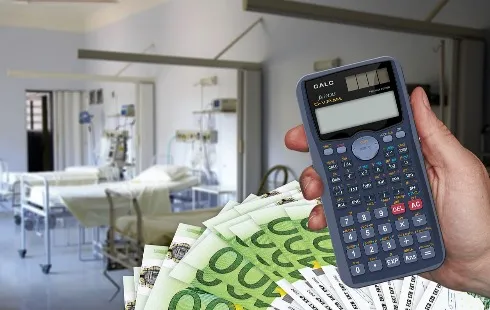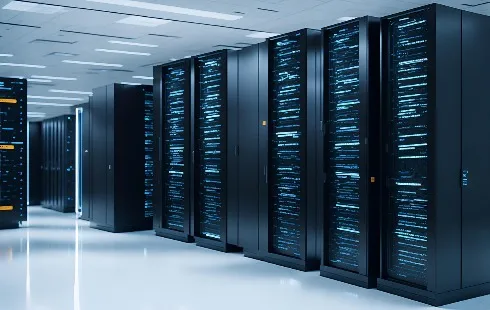
8HoursMining cloud mining platform, daily profits up to $9,337
Section: Business
Elgin Switzer
Economics For the Global Manager
December 10, 2010
ABSTRACT
In 2010 according to Forbes, Wal-Mart is the largest retailer in the world. With 8500 stores in 15 countries and annual sales in 2010 at $401.2 billion dollars Wal-Mart is the undisputed champion of the retail industry. In 2010 Wal-Mart also took the prize for the largest grocer, with a 51% market share of the grocery business. Of the 401 billion about 100 billion comes from Wal-Marts international subsidiaries. The Wal-Mart brand has over 55 different names in 15 different countries.
There are thousands of multinational companies all over the world. This is great for the global economy to have company located in so many different places. It encourages diversity and it forces companies and individuals to learn about the world at large. With the world shrinking more and more everyday with the advent of services like SKYPE and Instant Messaging it is no wonder more and more companies are becoming multinational, especially with the price of labor in America getting bigger and bigger. Many companies are choosing to outsource their labor to other countries where labor is half or more of what it is in the US. This outsourcing of labor saves companies millions and further expands their footprint around the globe. A multinational company is "a company where production is taking place in two or more countries but under the supervision and general direction from the headquarters located in one country", (Appleyard, Field, & Cobb, 2010 pg 229). Some examples of multinational companies include; Apple, Coca-Cola Costco, BMW, Boeing, Wal-Mart, Dell, Ford Motor Company, Honda, Vodafone, and Sony to name of a few.
Wal-Mart is the largest retail store in the world. Based in the US Wal-mart has 8500 retail stores in 15 countries with 55 different names. Wal-Mart stores US is the largest division of Wal-Mart, accounting for 258 Billion in sales which is 63.9% of the company's total sales. Wal-Mart also has stores in Puerto Rico, Mexico, United Kingdom, Japan, and India.
The revenues and costs are all calculated by local standards, as well as being adjusted according to GAAP (Generally accepted accounting practices). The GAAP is a standard way of doing balance sheets with a minimum level of acceptable consistency so investors can have some confidence when reviewing balance sheets. "GAAP are imposed on companies so that investors have a minimum level of consistency in the financial statements they use when analyzing companies for investment purposes", (Dickerson, 2010). Using the GAAP allows Wal-Mart to use a standard that is practiced and accepted by all US and global companies. Using the GAAP ensures that global companies are using a system that can be counted and relied on to produce consistent results. All the accounting is done using US dollars to provide ease and consistency for Wal-Mart.
Two companies that are contributing to Wal-Marts overall bottom dollar are Walmex, which is Mexico's version of Wal-Mart and Seiyu, which is the Japanese version. Walmex is a Mexican blue chip company that is 31% owned by Wal-Mart. Wal-Mart owns and operates over 1400 stores, restaurants and supermarkets in Mexico, making it the 2nd biggest retailer in Mexico 2nd only to Grupo Pão de Açúcar. Even in 2nd place Wal-Mart is the largest private employer in Mexico. The Seiya group as it is called, owns supermarkets, shopping centers, and department stores. In 2002 Wal-Mart bought a 37% percent share of Seiya and as of 2008 Wal-Mart has been the sole owner of Seiya. These two companies Seiya and Walmex are both owned and run by Wal-Mart and contribute heavily to the $100 billion, or 24.7% of total sales that Wal-Mart made from its international subsidiaries. Wal-Mart international has a significant impact on its US Parent company.
The exchange risk is the risk against dollars made in a foreign country. For example if I made a 15% profit on a stock I held in a German company, and I then converted the profit from Euros to US dollars at an exchange rate of 15% my profit would be zero. "For example, if you are a U.S. investor and you have stocks in Canada, the return that you will realize is affected by both the change in the price of the stocks and the change in the value of the Canadian dollar against the U.S. dollar" (Dickerson, 2010). To guard against this there are different kinds of hedging. A Natural Hedge is when the import and export denominations are equal. This allows the company to break even on incoming dollars. "The best way to hedge against exchange rate risk is for a company to achieve a full matching of cash flows (revenues and expenses), thus entirely eliminating the foreign exchange risk from its operations (natural hedge)", (Devizni, 2010). If a company does not use this technique there are other options too, including, Forex Forwards, Forex Swamps, and Forex Options. The Forex Forwards is the agreement to buy or sell at a future date or at an exchange rate agreed upon in advance. The Forex Swaps "involving simultaneous purchase and sale of two currencies at predetermined exchange rates but at two different value dates", (Devizni, 2010). Forex options which is "giving the option buyer the right (but not the obligation) to buy or sell a specific currency at a predetermined exchange rate within a predetermined time period or at a predetermined future date, for which the option buyer pays a premium", (Devizni, 2010).
The exchange value for the firm is very important to nail down. Using any number of Forex scenarios is important so the company doesn't take a loss when transferring moneys back and forth to different countries. Although on the flip side of that the company can also sit on their profits and wait for the market to be in their favor and transfer their moneys at a profit too. I know when I recently visited the US (I live in Munich) and I transferred 2000 Euros to America. My American bank account had 2700 US dollars in it. The 2000 was for bills I owe in the US and I wanted about 700 for spending money for my trip. I was thrilled when I found out how much my money had exchanged for.
References
Appleyard, D. R., Field, Jr., A. J., & Cobb, S. L., 2010, International Economics, 7th Ed.
Dickerson, T., (2010). Generally Accepted Accounting Principles - GAAP. Retrieved from,
http://www.investopedia.com/terms/g/gaap.asp
Devizni, S., (2010) What are the advantages of FX hedging? Retrieved from,
http://www.nbs.rs/internet/english/64/faq.html?cmsframe=printerfriendly

Section: Business

Section: Arts

Section: Politics

Section: Health Insurance

Section: News

Section: News

Section: News

Section: Arts

Section: News

Section: Arts
Health Insurance in Germany is compulsory and sometimes complicated, not to mention expensive. As an expat, you are required to navigate this landscape within weeks of arriving, so check our FAQ on PKV. For our guide on resources and access to agents who can give you a competitive quote, try our PKV Cost comparison tool.
Germany is famous for its medical expertise and extensive number of hospitals and clinics. See this comprehensive directory of hospitals and clinics across the country, complete with links to their websites, addresses, contact info, and specializations/services.
Frisch mit dem Amadeus Austrian Music Award ausgezeichnet, meldet sich OSKA mit neuer Musik und neuen Tourdaten zurück. Ihr zweites Album ,,Refined Believer" erscheint am 20. Juni 2025 und zeigt sie persönlicher und facettenreicher denn je. Noch in diesem Jahr geht sie solo auf Tour, bevor sie...



No comments yet. Be the first to comment!